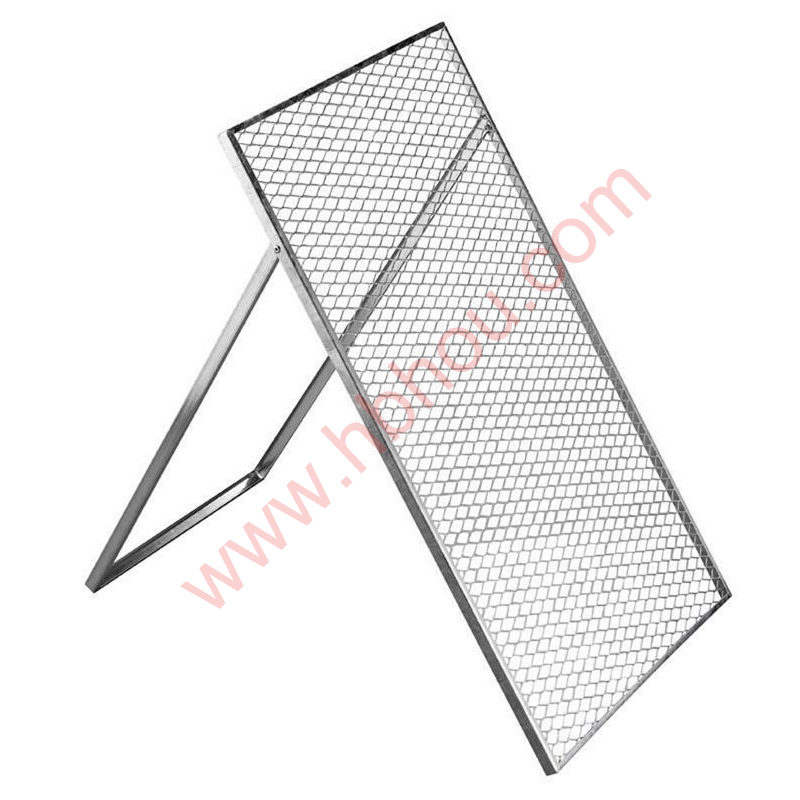How to Use a Tomato Cage for Optimal Plant Support
When it comes to growing tomatoes, providing adequate support for the plants is essential for achieving a bountiful harvest. One of the most popular and effective tools for this purpose is the tomato cage. Tomato cages not only help keep the plants upright but also promote air circulation, reduce the risk of disease, and make harvesting easier. This article will guide you on how to properly use a tomato cage to ensure your tomato plants thrive.
Understanding Tomato Cages
Tomato cages are structures designed to support tomato plants as they grow, preventing the stem from bending or breaking under the weight of the tomatoes. They come in various shapes, sizes, and materials, including wire, plastic, and wood. While there are pre-made options available at garden centers, many gardeners prefer to make their own, allowing for customization based on the specific needs of their plants.
Selecting the Right Tomato Cage
When choosing a tomato cage, consider the type of tomato you are growing. Determinate varieties, which grow to a specific height and produce fruit all at once, generally require shorter cages. In contrast, indeterminate varieties keep growing throughout the season and can become quite tall, necessitating taller and sturdier cages.
Typically, a good tomato cage should be at least 5 feet tall for indeterminate varieties, providing ample support for continuous growth. A wider base will also help stabilize the plant, especially during windy weather. Look for cages that are at least 18 to 24 inches in diameter, allowing enough space for the plant to spread out.
How to Set Up Your Tomato Cage
1. Choose the Right Time and Place Tomato cages can be installed when planting tomatoes or after the plants are established. If you’re using a cage after planting, be extra careful to avoid damaging the roots. Pick a sunny location to ensure your tomatoes receive optimal sunlight.
2. Prepare the Soil Make sure to amend the soil with compost or organic fertilizers to provide your tomato plants with the nutrients they need. Loosen the soil and remove any weeds that may compete with your plants for nutrients.
tomato cage how to

3. Plant Your Tomatoes Plant your tomato seedlings or seeds according to the spacing guidelines for the variety you are growing. Typically, they should be spaced about 18 to 24 inches apart to allow for healthy growth.
4. Install the Cage If you are using a pre-made cage, position it over the newly planted tomato plant, ensuring it does not interfere with the seedling. For homemade cages, drive the supporting stakes into the ground around the tomato plant, leaving enough room for the plant to grow through. The cage should sit firm in the ground to prevent it from toppling over as the plant grows.
5. Secure the Plant As the tomato plant grows, gently guide the stems through the openings in the cage. Avoid forcing them, as this can cause damage. You may need to use soft ties or garden twine to secure particularly heavy branches to the cage for additional support.
Maintenance Throughout the Season
Once your tomato cage is in place, regular maintenance is crucial for the health of your plants. Check the cage frequently to ensure the plants are not becoming tangled and that they are adequately supported. Prune any excessive foliage to improve air circulation and reduce the risk of fungal diseases that thrive in humid environments.
Additionally, watering and fertilizing should be consistent throughout the growing season, promoting healthy growth and fruiting. Keep an eye on the weather, and be prepared to stake or add additional support in case of storms.
Harvesting Your Tomatoes
As your tomatoes begin to ripen, the cage will play a crucial role in making your harvest easier. By keeping the fruit off the ground, it reduces the risk of rot and pest infestations. Simply reach through the cage to pick the ripe tomatoes without damaging the plant.
Conclusion
Using a tomato cage can significantly enhance your gardening experience by providing necessary support for your tomato plants. With the right cage, proper installation, and ongoing maintenance, you will ensure your tomato plants grow vigorously and produce delicious, abundant fruit. Happy gardening!
















